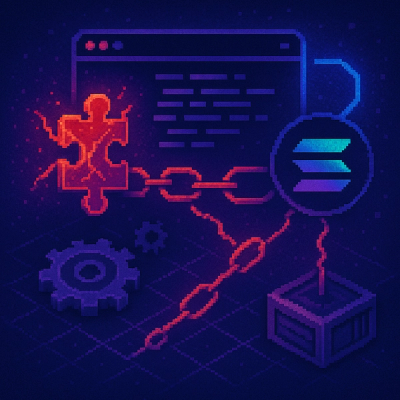@gasket/log
Gasket client and server logger
Installation
npm i @gasket/log @gasket/plugin-log
Configuration
See the @gasket/plugin-log for more details on configuration.
Usage
Levels
Syslog levels are used by this packaged. Each level is exposed as a method on
both server and client logger instances.
| debug | Information useful to developers for debugging. |
| info | Normal operational messages that require no action. |
| notice | Events that are unusual, but not error conditions. |
| warning | May indicate that an error will occur if action is not taken. |
| error | Error conditions |
| crit | Critical conditions |
| alert | Should be corrected immediately |
| emerg | System is unusable |
Server
The server requires @gasket/plugin-log to set up a logger instance on the
gasket object. This will make the logger instance available for use such as:
gasket.logger.error('Critical malfunction in code execution');
gasket.logger.info('Initializing @gasket/engine `start` lifecycle event');
The server uses winston used for logging. If your app is running locally, all
messages are transported to process.stdout aka the console.
Client
For client logging, new logger instances can be instantiated as need. For
example, in a component:
import React from 'react';
import Log from '@gasket/log';
import someAction from './some-feature';
class YourComponent extends React.Component {
constructor() {
super(...arguments);
this.logger = new Log();
}
doSomething = async () => {
this.logger.debug('Starting doing something');
try {
const results = await someAction();
this.logger.info(`Did the thing: ${results}`);
} catch (e) {
this.logger.error('Something bad happened');
}
}
render() {
return (
<div>
<button onClick={this.doSomething}></button>
</div>
)
}
}
The constructor accepts an object with the following optional properties:
level | The maximum logging level to enable output for. Defaults to info |
levels | Array of custom logging level names. |
namespace | String for namespacing your logs. See diagnostics for more information. Your namespace is automatically prefixed with gasket: |
prod | If set to true enables logging even for production builds. By default production builds have no client-side logging. |
NOTE: The client logger uses diagnostics to output log messages to the
console. Ensure one of the trigger mechanics for diagnostics in browser is
set. The name used for diagnostics is gasket*.
Test
npm test
Alternatively, you can also run the client or server tests separate.
npm run test:client
npm run test:server
License
MIT



